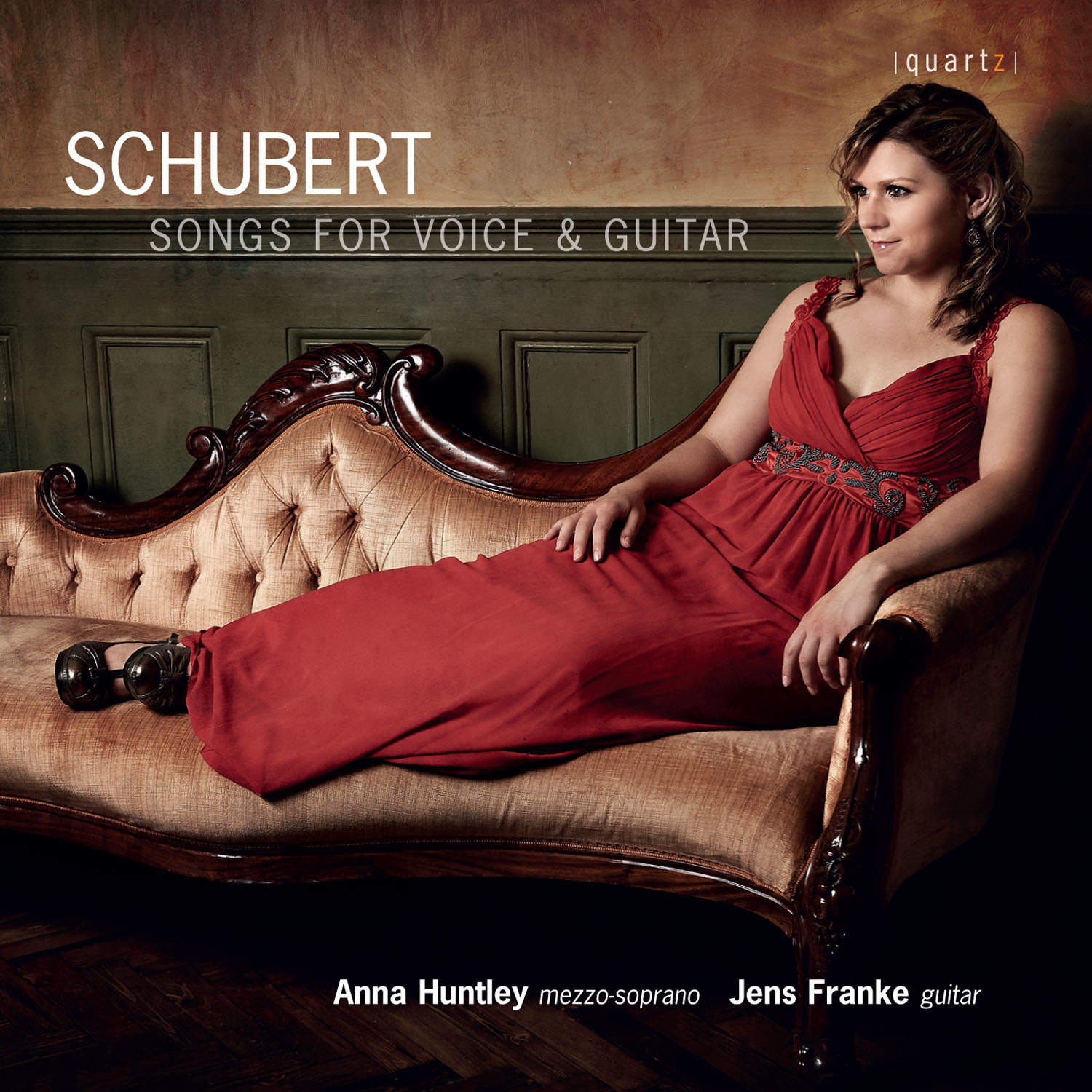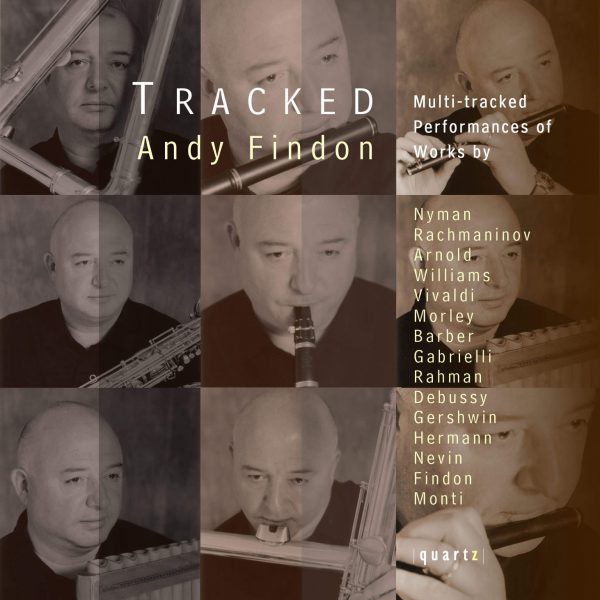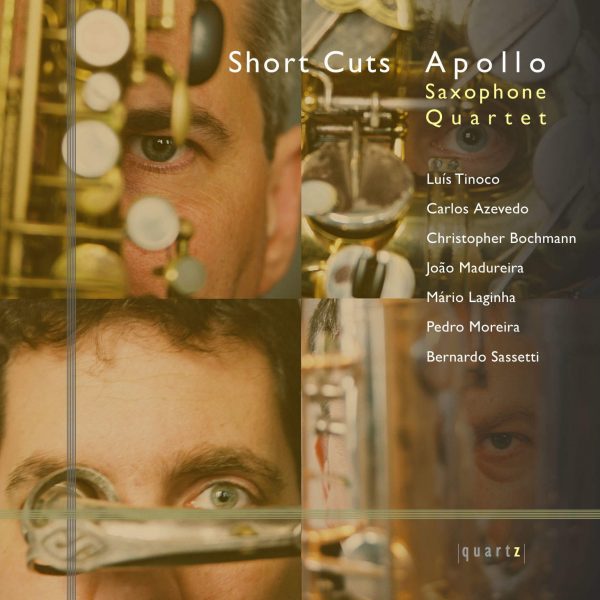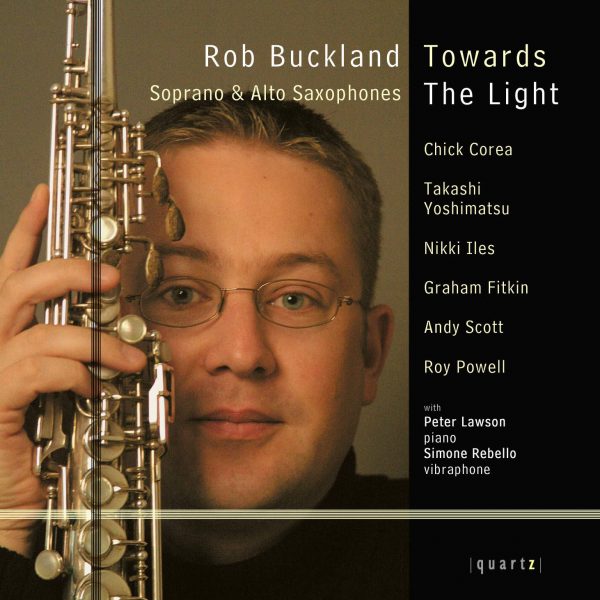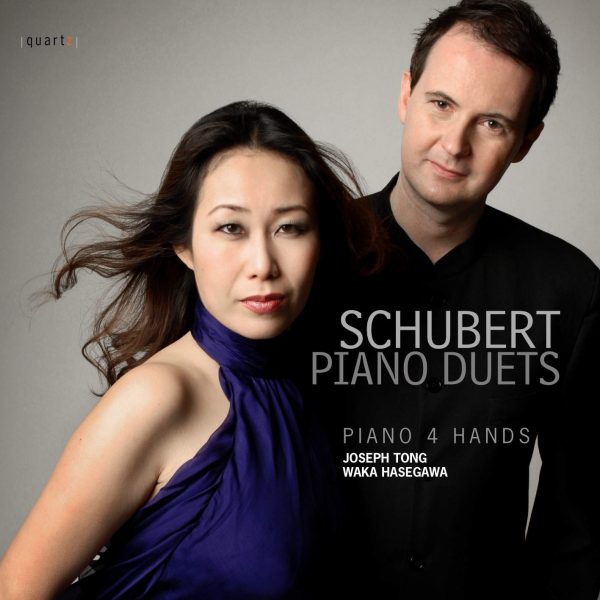Schubert – Songs for Voice and Guitar
£5.99 – £11.99
Ständchen ‘Leise flehen meine Lieder’, D957 No. 4
Der blinde Knabe D833
Sei mir gegrüsst! D741 (Rückert)
Frühlingsglaube, D686b (Second Version)
Hanflings, Liebeswerbung D552 (Kind)
Die Forelle, D550
Nacht und Träume, D827
Schäfers Klagelied, D121 (Goethe)
Auf dem Wasser zu singen, D774
About This Recording
“He roamed the streets and the fields, and we know in what moods,’ Richard Capell claimed famously of Schubert the song-writer. ‘He wondered at the stars, he blushed when he caught a girl’s glance, he sank into rich melancholy at the sound of the bell that told the death of an hour, and at the sight of the sunset that marked off a lost day from the tale of days which, with the best will in the world, he, being young, could not but believe to be unending’ (1928). Habsburg man, citizen of an empire ruled for nearly fifty years by Franz, last of the Holy Roman Emperors, first Kaiser von Österreich, living in the night shadow of Beethoven’s celebrity, he departed the world early, aged 31. ‘Schubert is dead, and with him all that we had of the brightest and fairest,’ his friend the painter Moritz von Schwind mourned.
The place of the guitar in early 19th century Viennese musical life – from tavern, coffee room and outdoor music to the art spotlight accorded it by Václav Tomáš Matějka and Mauro Giuliani (with both of whom Schubert was familiar) – is well referenced. One eyewitness noted that ‘in a single house, one often hears a violin playing on the ground floor, a fortepiano on the first floor, on the second floor a flute, on the third singing with guitar, and above it all a blind man belabouring a clarinet in the courtyard’ (Hans Normann, Wien wie es ist, 1833). Another that among the maimed and deformed of street corners and dark passage ways, ‘a boy or girl with a harp or guitar’ was the norm (J B Weiss, Wien’s Merwürdigkeiten, 1834).
Itinerants, many of them ragged survivors of a Europe until only recently at war, brought other dimensions to Vienna’s musical culture. ‘With their guitars, harps and hurdy-gurdies, these musicians and their songs were as much a part of the city’s visual and aural colour as the opera houses, salons, and dance halls’ (Alice M Hanson, Musical Life in Biedermeier Vienna, 1985).
The role of the guitar in Schubert’s life is less clear, hindered as much by the fantasy of unscrupulous biographers as the acerbic ‘Schubert without guitar’ stance of his almanagist and cataloguer Otto Erich Deutsch – who ‘discredited virtually all of Schubert’s involvement with the guitar offhand without well-documented evidence to support his confident criticisms and assertions’ (Stephen Patrick Mattingly, Franz Schubert’s Chamber Music with Guitar: A Study of the Guitar’s Role in Biedermeier Vienna, doctoral treatise 2007). A guitar above his bed waiting to be plucked at inspiration’s calling is one of many fictions. Likewise the presumption that his song accompaniments were conceived initially for guitar rather than keyboard. That the young Schubert must have grown up with the sound of the instrument (in sociohistorically rooted ensemble and vocal contexts) is indisputable, however. Equally that many of his circle (including the tenor Johann Michael Vogl) and some of the poets whose texts he set (Johann Mayrhofer for example) played it; that, along with his contemporaries, he recognised its value as a portable harmonic tool; and that, through taking occasional lessons in his teens, he was broadly familiar with its mechanics and figurative idioms (Molitor’s Methodischen Anleitung zum Guitarrespielen and Giuliani’s Studio per la Chitarra having been published in Vienna in 1799 and 1812 respectively). His earliest use of it, in September 1813, was to frame and support a simple terzetto for male voices, D80, Kantate zur Namensfeier des Vaters, followed five months later by a (partially re-composed) quartet adaptation, D96, of Matějka’s 1807 Notturno, Op21. Subsequently, in November 1824, Johann Georg Staufer’s legato-emphatic arpeggione (guitare d’amour), a short-lived bowed crossover between guitar (smaller) and cello (larger) with 24 frets and standardised six-string guitar tuning (E-A-D-G-B-E), spurred a lyrically ruminative 28-minute sonata – better known to generations since in its posthumous cello/viola casting (D821).
Prior to the piano’s supremacy in the drawing room, writing or arranging songs for voice and guitar was commonplace – Carulli, Cimarosa, Weber, Spohr, Marschner, Giuliani all left characterful examples. In France, Watteau reminds us, the guitar was the elegant, sensually waisted preference of the aristocracy. Around the German lands, across Napoleonic Italy, no wandering minstrel was without his faithful instrument slung across his back, ready for a tune, a chord, a seducing vibrato or slide. Come the Congress of Vienna (1814–15), the guitar’s ‘Golden Age’, there was no lack of hacks and strummers, the occasional hard-up genius, ready to adapt anything and everything for the instrument, from opera to rustic terpsichore. Even those who were not musicians by vocation joined in: one Johann Nepomuk Huber (c 1773–1843), associated with Die Nacht (qv) was ‘lighting inspector at the Royal Court’. Congenial companions like the lawyer Johann Umlauff, a future president of the Supreme County Court in Pressburg, would stop by Schubert’s rooms at first light, run through some new settings to a hastily improvised guitar backing, and then sing them at whatever Schubertiade happened to be coming up next. Hearing his songs with guitar, anyone’s for that matter, was nothing new for Schubert: it was a ‘dual practice’ of the day he implicitly accepted (Thomas F Heck) and, absence of proof to the contrary, in all probability condoned. (He wasn’t alone. There was Beethoven, too. The first version of his An die Geliebte [1811] appeared in Ausburg in 1826 ‘mit Begleitung des Pianoforte oder der Guitarre’, and in his correspondence with the eighteen-year-old Therese Malfatti [May 1810] there is evidence that he himself may have arranged at least one Lied for guitar for her sister, possibly Andenken or Lied aus der Ferne [1809]. Other songs with guitar accompaniment, occasionally credited – C H Sippel – appeared during his lifetime from Schott, Simrock, Diabelli and others.) Publishers, shrewd businessmen with a penchant for easy profit, responded to public demand with alacrity. On Monday 30 April 1821 the Wiener Zeitung advertised Cappi & Diabelli’s publication of Erlkönig with simultaneous accompaniment for piano or guitar (the latter to Deutsch’s lasting mortification). Further guitar arranged numbers, more affordable to produce and buy, were announced on 12 September: Der Wanderer, Morgenlied, Schäfers Klagelied.
Deutsch (1951) predictably absolved Schubert of any connection with these uncredited Viennese adaptations… leaving the matter at that. Current scholarship now reliably assigns many of them directly to Anton Diabelli (Jukka Savijoki, Anton Diabelli’s Guitar Works: A Thematic Catalogue, 2004). Diabelli (1781–1858) – principally remembered today for that wisp of a ‘Waterloo’ waltz which inspired Beethoven to write the grandest set of variations of the 19th century – trained for the priesthood. Becoming a professional pianist, guitarist, teacher, arranger and proof-reader on moving to Vienna in 1803, assuming the title ‘professeur’, he set up his own independent publishing house in 1824. Briefly entering business with the hardened Peter Cappi at the end of 1818, his contract specified that he would ‘supply […] at no extra charge […] both arrangements and original compositions for the entire duration of the company, and to pursue this task with all his zeal’. The two men weren’t to everyone’s liking. ‘Super braggarts’, ‘two false businessmen,’ Giuliani calls them in a letter from Naples, 16 January 1824. Diabelli’s Schubert arrangements were issued between 1821 and 1846 in the widely available Philomele collection. During his lifetime, one or two marginally possible exceptions aside, Schubert had no say in their origination – but they did much to spread his name around Europe. In Paris, having moved there from Valenciennes in 1830, the on-the-spot Schubert populariser was the up-and-coming Napoléon Coste (1805–83). Commanding the luminaries of the July Monarchy strode the Young Turks of a generation: Berlioz, Chopin, Liszt, Alkan… Victor Hugo, Balzac, Lamartine, Delacroix… Les enfants du siècle. Emperor among a fraternity of guitarists including Carcassi and Carulli was Coste’s legendary teacher, the Spaniard Fernando Sor, the ‘Beethoven of the guitar’, whose Méthode pour la Guitare he re-wrote and augmented around 1845. The son of an army officer, born near Besançon, Coste was a man who thought big, his imagination embracing many of the more fantastical elements of the Romantic movement. A ‘pure, graceful and vigorous player’ (Revue et gazette musicale, 29 April 1838), he favoured a normally-tuned Lacôte with a ‘floating’ seventh string tuned to a low D or C. Sonority and colour, harmonic gravity, mattered to him. Dating from around 1835 (the British Library give c 1840 for some), his early, mostly credited, Schubert arrangements were issued by Simon Richault, whose expensive address in Boulevard Poissonnière was a few doors along from where Chopin had taken rooms in 1831. They capitalised on a growing Gallic vogue for Schubert’s vocal output: as early as 1832/33 the apparitional Franz Liszt was extolling and paraphrasing the originals as much to Marie d’Agoult (she of the fatal attraction and golden hair who would seduce her young lover with her own translations from the German) as the writer/critic Alexis-François Rio; the tenor Adolphe Nourrit heard him play Erlkönig in 1834 [Xavier Hascher, ‘Schubert’s reception in France’, The Schubert Companion, 1997]). Keen to promote and make accessible, endorsing Ernest Legouvé’s view of the composer as a ‘genius’, ‘one of those happy spirits who add new strings to the heart of the lyre’ (Revue et gazette musicale, 15 January 1837), Richault published six volumes of songs in all [BL: 1830–40] with new French paroles contributed by one ‘Mr [F] Bélanger’, about whom nothing otherwise is known. A freemason – like Meyerbeer he belonged to the Les Frères Unis Inséparables lodge – Coste injured his arm in 1863 and never played in public again.
To the shame of historians loosely, Schubertians particularly, Diabelli and Coste remain largely overlooked in the broader, distinct from guitaristic, picture of Western music. Yet they were practical, insightful, creative minds who in their day were in at the very start of that ‘slow gathering of light during the 19th century [which led to] the noonday of [Schubert’s] reputation in the 20th’ (Maurice J E Brown, Schubert: a Critical Biography, 1958). Such men, the galaxy of others who surrounded and succeeded them – Mertz for instance – have too long been denied proper perspective and revival.”
Track Listing
- Standchen D957 No 4 (Schwanengesang)
- Der Blinde Knabe D833 Op posth 101
- Sei Mir Gegrusst D741 Op20 No1
- Fruhlingsglaube D686 Op20 No 2
- Hanflings Liebeswerbung D552 Op20 No3
- Die Forelle D550 Op32
- Nacht un Traume D827 Op32 No2
- Die Nacht - Schlechta 72
- Schafers Klagelied D121 Op3 No1
- Auf dem Wasser zu Singen D774 Op72
- Wiegenlied D498 Op98 No2
- Lob der Thranen D711 Op13 No2
- Der Abend D221 Op118 No 2
- Des Madchens Klage D191 Op58 No3
- Gretchen am Spinnrade D118 Op2
- Der Tod und das Madchen D531 Op7 No3
- Ave Maria D839 Op52 No6
